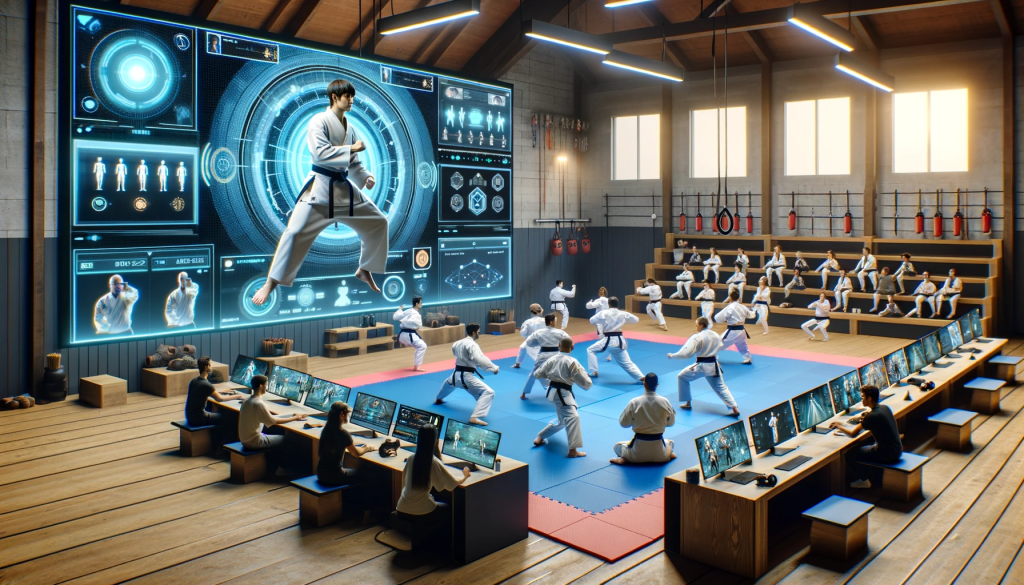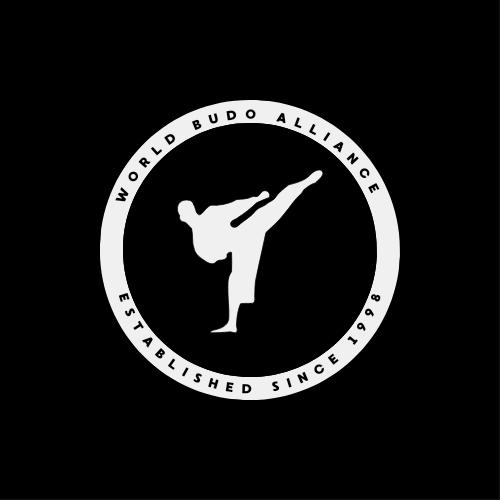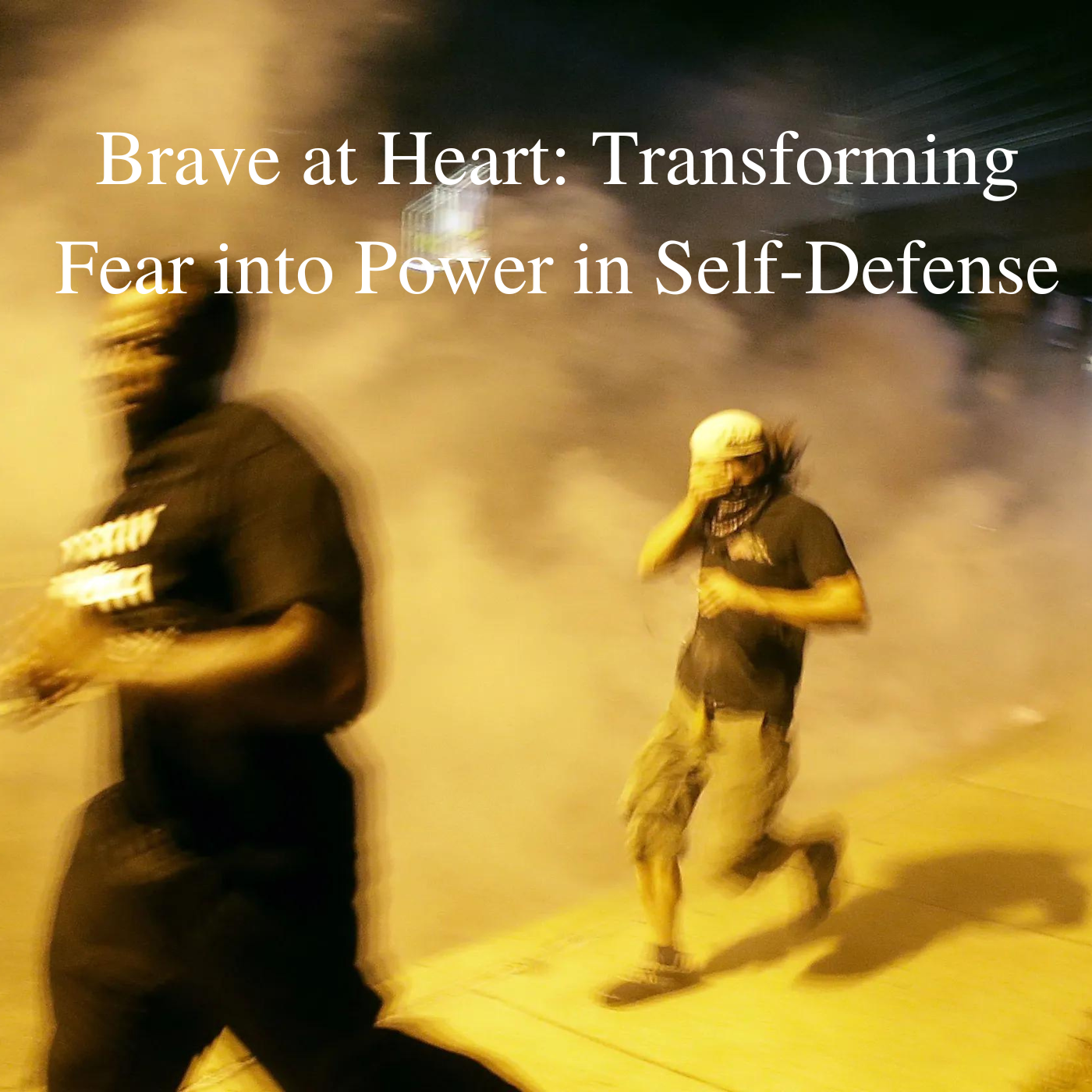
The Changing Face of Martial Art Learning. The dystopian power grabs of 2020 dealt a significant blow to martial arts dojos worldwide.
Many were forced to close their doors permanently, unable to sustain themselves amid a drastic decline in income.
This tragedy, while unfortunate, is also emblematic of the times we live in, reflecting the rapid and inevitable shift toward technology-driven solutions.
Recently, technology has made extraordinary leaps forward, especially in the realms of AI and video conferencing. Traditional video courses, once a staple for experienced martial artists seeking to broaden their skills, are becoming outdated. The rise of AI and advanced video conferencing is poised to revolutionize the way martial arts are taught and learned, bringing about profound changes in multiple facets of education.
AI in Martial Arts Training
AI technology offers personalized and adaptive learning experiences that were previously unimaginable. With AI, students can receive real-time feedback on their techniques. For instance, AI algorithms can analyze a student's form, identify errors, and suggest corrections, all in real-time. This instant feedback loop accelerates the learning process, enabling students to refine their skills more quickly and effectively. The changing face of martial art learning is clearly visible through these advancements.
Moreover, AI can create customized training plans tailored to an individual's strengths and weaknesses. By analyzing data from a student's performance over time, AI can identify areas that need improvement and adjust the training regimen accordingly. This level of personalization ensures that each student receives the attention they need to progress at their pace, embodying the changing face of martial art learning.
Advanced Video Conferencing
The advancements in video conferencing technology have also dramatically improved the quality of remote learning. High-definition video, combined with low-latency communication, allows for seamless interactions between instructors and students, regardless of their physical locations. Features like multi-angle cameras, virtual reality (VR) integration, and augmented reality (AR) overlays enhance the learning experience, making it almost as effective as in-person training.
For martial arts, this means that students can participate in live, interactive classes from the comfort of their homes. Instructors can demonstrate techniques in real-time, observe students' performances, and provide immediate feedback. This not only makes martial arts more accessible to a broader audience but also ensures that learning continues uninterrupted, even in times of crisis. The changing face of martial art learning is reflected in these innovative methods.
The Future of Teaching
As we look to the future, the integration of AI and advanced video conferencing will continue to transform martial arts education. Here are a few key areas where these technologies will have a significant impact:
1. Enhanced Accessibility: Martial arts training will become more accessible to people worldwide, breaking down geographical barriers. Students in remote or underserved areas will have the opportunity to learn from top instructors without the need for travel.
2. Cost-Effectiveness: The cost of martial arts training can be reduced as dojos and instructors leverage online platforms. This can lead to more affordable classes and a broader reach, attracting a more diverse student base.
3. Data-Driven Insights: AI's ability to analyze vast amounts of data will provide instructors with insights into their teaching methods and student progress. This data-driven approach will enable continuous improvement in both teaching and learning.
4. Community Building: Advanced video conferencing will facilitate the creation of global martial arts communities, where practitioners can share knowledge, support each other, and foster a sense of camaraderie, regardless of physical distance.
5. Innovation in Techniques: The fusion of AI and VR/AR technologies can lead to the development of new training techniques and methodologies, pushing the boundaries of traditional martial arts education.
Changing Face of Martial Art Learning in conclusion

In conclusion, while the challenges of 2020 have undeniably changed the landscape of martial arts, they have also accelerated the adoption of innovative technologies.
AI and advanced video conferencing are not just stopgap measures; they are the future of martial arts training.
By embracing these advancements, we can ensure that the art and discipline of martial arts continue to thrive in the digital age, reaching new heights of excellence and accessibility. The changing face of martial art learning is here to stay, driving progress and innovation in every aspect of martial arts education.
The Changing Face of Martial Art Learning will affect everyone. Whether this is positive or negative is up to us.
Questions?
Do you have questions about this article called The Changing Face of Martial Art Learning, or any other topic? Use the form below to ask!
Thank you for taking time from your day to read the Changing Face of Martial Art Learning. If you have a moment, take a look at our History of the Martial Arts page,
Have a wonderful day!
Yours in the arts,
Grand Master Art Mason
Kosho Ryu Enterprises SLR, Romania
WhatsApp: +40 747 899 183


